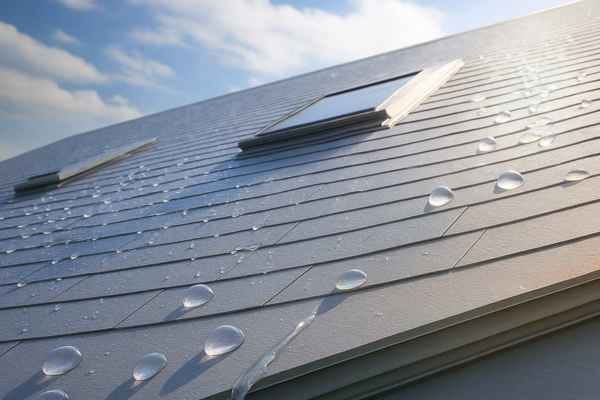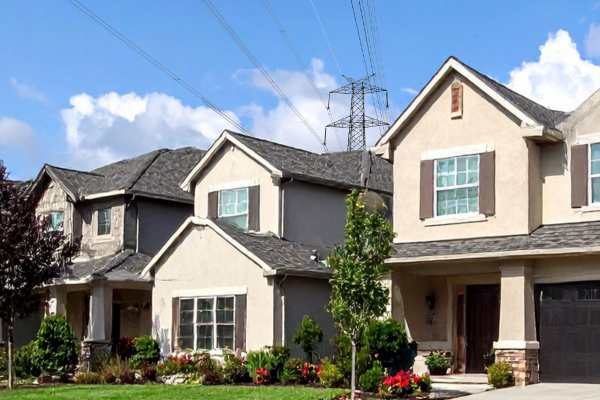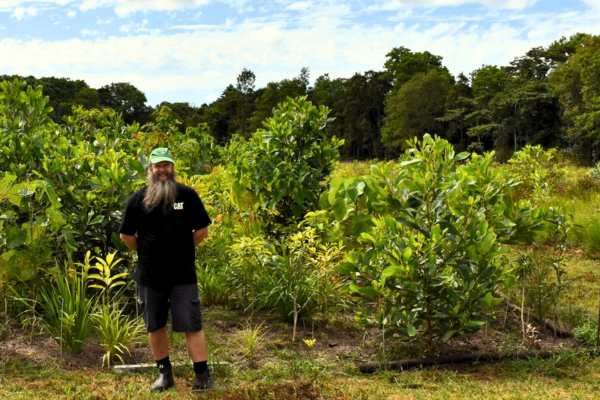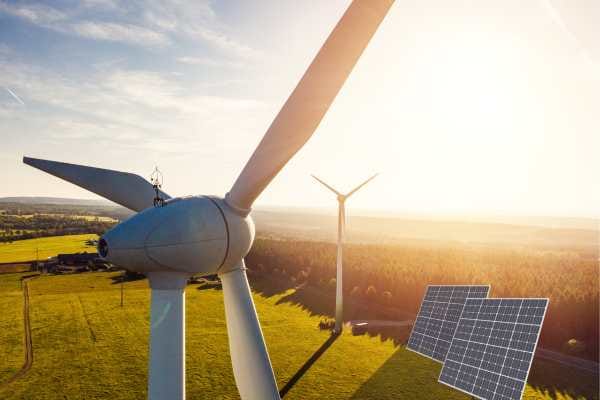Remedies for roadkill on trial
Wildlife advocates are calling for practical solutions to reverse the tragic death toll of native animals on our busy roads.
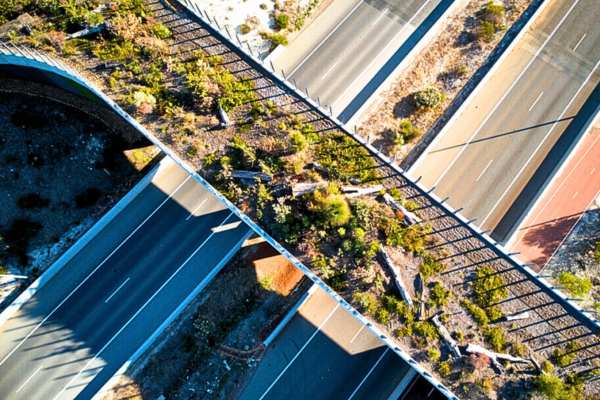
A growing network of roads passing through wildlife habitats has created a killing field for Australia’s iconic native fauna.
According to Melbourne University researchers, an estimated 10 million native mammals – including kangaroos, wombats, koalas and birds – are killed on roads each year, with countless others injured in vehicle collisions (see box below).
Once considered a problem too complex to tackle, wildlife advocates are pushing their local councils to embrace road-based technology such as fauna crossings, virtual fences and detection technology to prevent the tragic loss of life.
Fauna crossings are increasingly being integrated into major transport projects in the form of bridges, rope ladders and underpasses.
A study of highway underpasses conducted by Southern Cross University in 2022 found that many more animals than expected were using them to safely cross roads. To collect the data, wildlife cameras monitored 12 underpasses for more than two years in north-east NSW.
The researchers say they detected over 4,800 medium-large mammals and goannas passing through and saw evidence that even smaller species, such as snakes and rodents, were using the underpasses.
“These crossing rates suggest animals use underpasses to forage on both sides of the freeways,” the report said.
Safe passage for fauna
Western Australia's first fully vegetated fauna bridge (pictured above) was completed in 2020. It's located north of Ellenbrook on the Tonkin Highway and it connects bushland abundant with wildlife, providing a route for animals of all species to cross safely.
The overpass is 12 metres wide and developers say it was densely landscaped to mimic the natural environment.
Transport for NSW says it is also working towards providing “safe passage” infrastructure as its frontline approach to preserving wildlife through the construction of bridges and roads.
While many fauna bridges are large, complex and potentially expensive structures, Transport for NSW says it took a different approach when it installed its first Sydney-based bridge on the Mona Vale Road last year.
By using a modified pedestrian bridge designed to be easily constructed with a small footprint, it says it restored an important connection between Ingleside Nature Reserve and vegetation adjacent to Katandra Bushland Sanctuary.
“After only a few months of operation, bandicoots and wallabies have been recorded successfully crossing the bridge,” Transport for NSW says.
It says it has also established a Transport for NSW fauna connectivity database to assist infrastructure design for transport planners, engineers, and ecologists seeking to understand which structures benefit different animal species.
It says analysis from over 70 monitoring reports has already shown that more than 70 native species benefit from a diverse range of crossing structures.
"After only a few months of operation, bandicoots and wallabies have been recorded successfully crossing the bridge."
Brisbane City Council has also been developing infrastructure to protect wildlife, releasing images last year of a koala bridge installed in 2022 at a notorious strike hotspot along Boundary Road in Camp Hill and Coorparoo (see image below).
The koala bridge was designed by wildlife experts and the council reported that cameras had captured more than 100 wildlife movements on the bridge over an eight-month period - with both koalas and possums spotted.
“Brisbane is the koala capital of the world and we’ve teamed up with wildlife experts to make sure it stays this way," Lord Mayor Adrian Schrinner said.
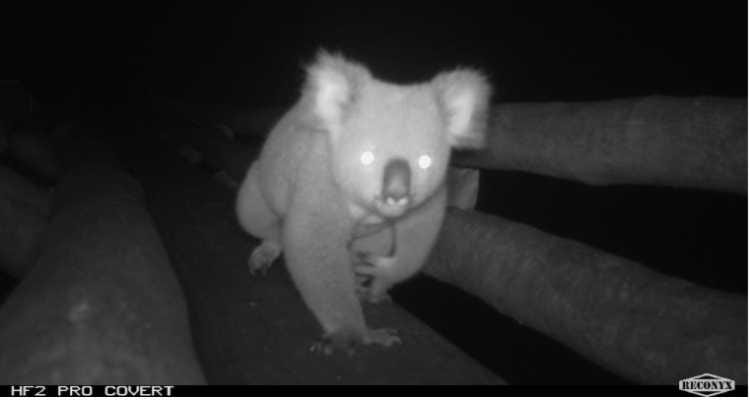
Fences for a kinder future
Virtual fencing is another solution being trialled in some regional areas as a means of reducing collisions with native animals. Advocates say the technology has already clocked up success stories in regions such as the Great Ocean Road in Victoria and in the Eurobodalla Shire Council in Southern NSW.
While some critics are yet to be convinced of the feasibility of the technology, those involved in these recent programs say they have observed a significant reduction in wildlife deaths.
In Eurobodalla, a pilot program in Cullendulla Drive in Long Beach has been extended into other wildlife hotspots using virtual fences that deploy lights and sound to deter animals at night. The council says the virtual fence, which is triggered by vehicle headlights, has proven most effective in dark, quiet rural areas with minimal background noise.
“The secret is well-placed lights and maintenance,” the council says. “Posts need to be perfectly aligned with car headlights for them to trigger effectively”. The technology has resulted in a consistent reduction in roadkill, making its roads safer for both wildlife and drivers, according to the council.
"It's devastating to see so many injured kangaroos and not seeing anything being done about it."
Wildlife advocates are hoping city councils take notice. Canberra resident, Aisha Bottrill, recently told the ABC that she hoped to see the solution expand to urban centres.

“It's devastating to see so many injured kangaroos and not seeing anything being done about it,” she told the ABC.
“Around Canberra, the bush capital, we have many roads that intersect nature reserves. I feel that they would be really effective in these places and it is a win for animals and a win for people who are driving on these roads.”
Bottrill says she is gathering signatures for a petition to the Legislative Assembly calling for the rollout virtual fences in high-accident zones in the nation’s capital such as Erindale Drive near Tuggeranong.
Kangaroo car deterrent
Wildlife deterrent technology that is built into vehicles is another solution being trialled in a bid to reduce collisions with kangaroos and birds. Volkswagen is collaborating with the University of Melbourne to develop the RooBadge, a device that uses machine learning to match GPS data with kangaroo distribution patterns.
RooBadge connects to an in-car app that activates the system in known collision hotspots, receiving updates via the cloud.
Volkswagen says the device has been designed to emit a blend of natural and synthetic deterrent sounds such as bird alarm calls and kangaroo foot thumps. Using directional speakers, sound is projected ahead of the vehicle, targeting rural areas where kangaroo collisions are more likely.


